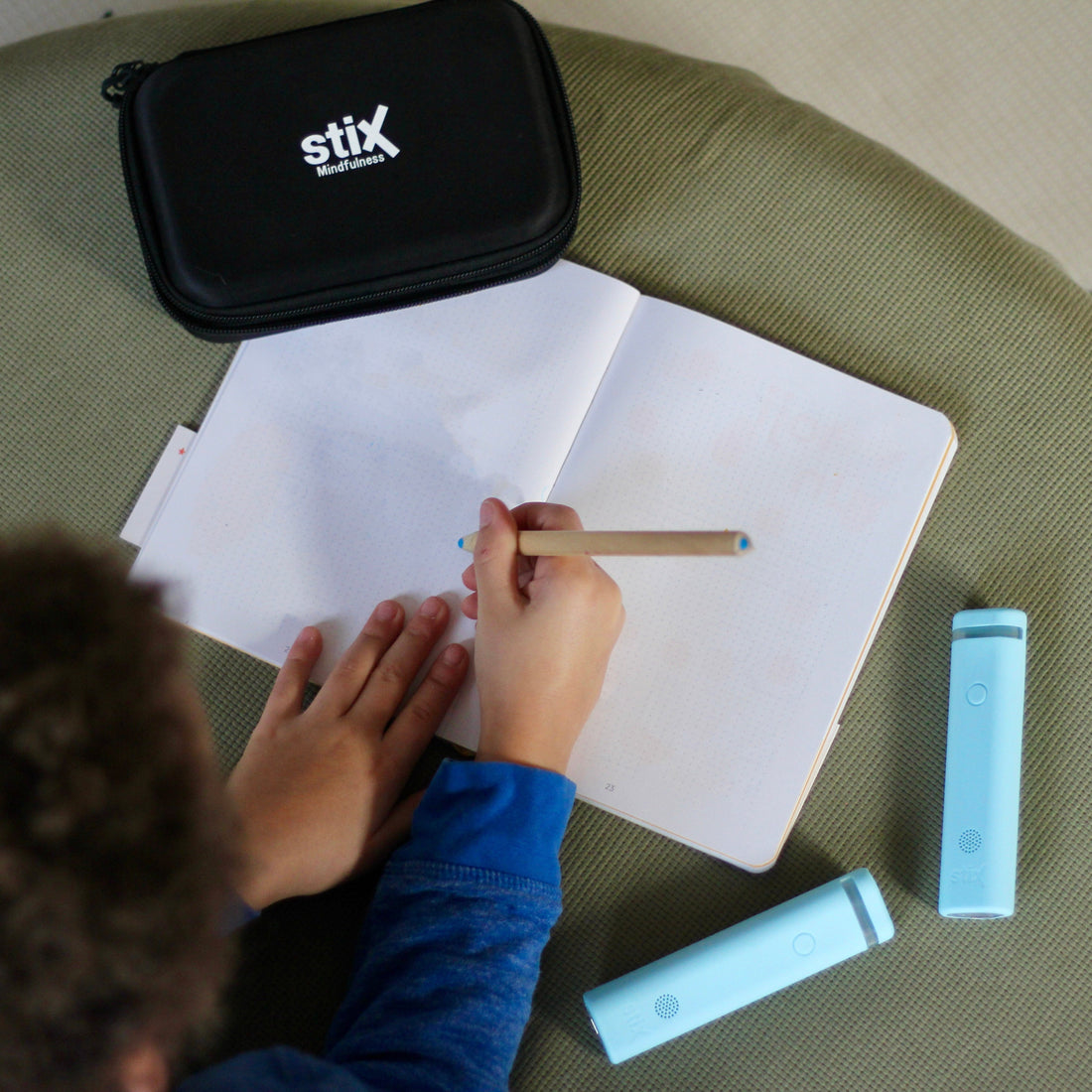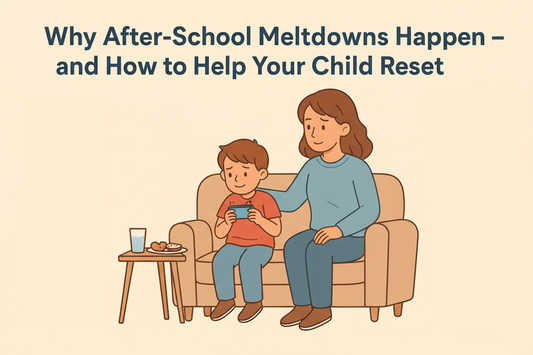Top Tips for Exam Day: How to Handle Stress in the Moment

Even with preparation and encouragement, exam day can still be overwhelming, especially for children sitting SATs and 11+ exams.
That stress can show up in different ways: stomach aches, tears, racing thoughts, or sudden silence.
The key is to respond with calm, confidence, and practical tools that help your child feel more in control. Whether you’re supporting your child at home before they leave, or you're a teacher helping pupils settle before a paper, here’s how to spot stress and handle it gently in the moment.
😓 Notice the Signs of Exam Day Stress
Stress isn’t always loud. Sometimes, it shows up subtly, and knowing what to look for helps you act quickly and kindly. Common signs include:
- Going very quiet, avoiding eye contact
- Complaining of tummy aches or headaches
- Crying, snapping, or suddenly getting angry
- Repeating anxious thoughts: “I’m going to mess it up” / “I don’t know anything”
- Restlessness, nail biting, or fidgeting
- Holding their breath or breathing very fast
These behaviours are signs that your child’s nervous system is going into “fight, flight, or freeze” mode. It’s not about them being difficult - it’s about feeling overwhelmed.
🙌 Talk About the Stress Without Adding Pressure
Sometimes we try to reassure our children by saying “Don’t worry!” or “You’ll be fine!”, but this can accidentally dismiss how they feel. Instead, aim to open up space for calm honesty:
Try saying:
- “You seem a bit nervous — do you want to talk about what’s on your mind?”
- “It’s okay to feel worried. Lots of people do before a test.”
- “Want to take a few breaths together before you go in?”
Giving them permission to feel nervous takes the pressure off needing to “pretend they’re fine”, which helps release stress naturally.
🧘 Use Quick Calming Techniques that Actually Work
In the moments before SATs start, time is limited. But even a few seconds of mindfulness can reset the nervous system. Here are a few child-friendly techniques:
1. 5-Finger Breathing
Hold out one hand. Trace the outside of your fingers with your other hand, breathing in as you trace up a finger, and out as you trace down. This gives both a physical anchor and a slow breath rhythm.
2. Body Wiggle or Tension Release
Get them to squeeze their hands into fists, then release. Or wiggle their toes or shake out their hands to release physical tension.
3. Use a Stix Mindfulness Activity
If you're at home or have a few minutes before school, use a short Stix calming or confidence activity. Our remotes guide kids through movement and breathing that reduce cortisol and boost focus, in just 2 minutes.
🫴 Offer Encouragement, Not Pressure
On exam day, what your child needs most is grounding, not hype. Avoid saying things like “You'll do so well” or “I know you’ll smash it!” if they’re already anxious.
Instead try:
- “Whatever happens, I’m proud of you.”
- “These tests don’t show all the things that make you amazing.”
- “Just take it one question at a time. Breathe, and trust yourself.”
Let them know their worth is not defined by a score.
😎 After the Exam, Make Space to Reset
Once the test is over, emotions may still linger. Whether your child feels relief, self-doubt, or exhaustion, that’s normal.
Give them time to unwind:
- Offer praise for effort
- Let them move, stretch, or use a relaxing Stix activity
- Avoid rushing straight into revision for the next day
- Ask reflective, open-ended questions like:
“What felt easy today?”
“What helped you stay calm?”
You’ve Got This, And So Do They!
Exam days bring big feelings. But with the right tools, those feelings don’t have to take over. By helping your child recognise stress, talk openly, and reset in the moment, you’re teaching life skills that last far beyond SATs.
Whether it’s a mindful breath before the bell or a calming reset after the test, Stix is here to support children, and parents, when it matters most.



